Miseongdang Napjak Mandu (미성당 납작만두)
17.2Km 2024-02-27
93 Myeongdeok-ro, Jung-gu, Daegu
053-255-0742
Miseongdang Napjak Mandu, opened in 1963, is a second-generation napjak mandu (flat mandu) specialty shop operating with pride in its taste and tradition. Their menu includes jjolmyeon (spicy chewy noodles), ramyeon (instant noodles), udon, and napjak mandu. The mandu is filled with chives and glass noodles, topped with green onions as a garnish. This napjak mandu is a unique culinary experience, listed among Daegu's top 10 foods exclusive to the region.
Songjeong Recreational Forest (송정 자연휴양림)
17.4Km 2022-09-07
88, Bangye 3-gil, Chilgok-gun, Gyeongsangbuk-do
+82-54-979-6600
Songjeong Recreational Forest is located at the foot of Gibansan Mountain (464.7 meters). The forest is filled with wild flora and fauna and is a habitat for many wild animals like hare and roe deer. “House in the Forest,” the park's accommodation for visitors, is made of all natural, eco-friendly materials such as red clay and logs. Situated within close vicinity of urban areas, it serves as the perfect weekend getaway for those who want a refreshing break in the woods.
Homeplus Stores - Naedang Branch [Tax Refund Shop] (홈플러스스토어즈 내당)
17.5Km 2024-04-22
1821, Dalgubeol-daero, Seo-gu, Daegu
-
Daegu National Museum (국립대구박물관)
17.8Km 2023-01-05
321, Cheongho-ro, Suseong-gu, Daegu
+82-53-768-6051
Daegu National Museum was founded on December 7, 1994 to preserve and exhibit the unique cultural heritage of Daegu and Gyeongsangbuk-do. The museum is housed in a two-story brick building with one basement floor near Beomeo Park. The museum aims to promote the region's history and culture through educational programs.
E-World (이월드)
18.0Km 2024-07-05
200 Duryugongwon-ro, Dalseo-gu, Daegu
+82-70-7549-8112
In October 1987, E-World began construction on a tower and theme park, completed the master plan for the construction in 1993, and opened it in March 1995. It is a European-style city park decorated with waterfalls, fountains, lights, and flowers, with rides, exhibitions, art spaces, and restaurants that all ages can enjoy. There are theme plazas to provide novelty and enjoyment for visitors at E-World. Representative plazas include the entrance plaza near the ticket office, the central plaza located in Fantasy World, Children's Square with a playground for kids, and Youngtown Square for young people.
E-World Illumination (이월드 일루미네이션)
18.0Km 2025-11-25
200 Duryugongwon-ro, Dalseo-gu, Daegu
+82-70-7549-8112
E-World Illumination is a lighting festival that decorates E-World and 83 Tower with ten million lights. Visitors can also take memorable photos at romantic and attractive photo zones that light up the evening.
E-World Sledding Hills (이월드 눈썰매장)
18.0Km 2021-07-08
200, Duryugongwon-ro, Dalseo-gu, Daegu
+82-53-620-0001
E-World is a European-style theme park that comprises a Tower and Park. The park is visited by over 3 million visitors every year, placing the attraction as an entertainment landmark that represents the southern region. E-World's sledding hill can be enjoyed year round, with a grassy sledding hill in summer and snowy sledding slopes in winter.
E-World 83 Tower (이월드 83타워)
18.1Km 2025-08-06
200 Duryugongwon-ro, Dalseo-gu, Daegu
83 Tower is a symbol of Daegu and offers an incredible view of the entire city. The tower also has a revolving restaurant and Sky Lounge, offering top cuisine and night views of the city.
E-World Blossom Picnic (이월드 블라썸 피크닉)
18.1Km 2025-03-18
200 Duryugongwon-ro, Dalseo-gu, Daegu
+82-53-620-0001
E-World will hold the E-World Blossom Picnic on the stage of the 83 Tower and E-World where cherry blossoms are in full bloom.
E-World Cherry Blossom, which is the fastest cherry blossom in the country and where visitors can enjoy the largest nighttime cherry blossoms in Korea, has three times more cherry blossom trees than Yeouido Yunjung-ro. The entire area of 83 Tower, the landmark of Daegu, is colored with cherry blossoms, allowing visitors to feel the mood of spring. During the festival, hundreds of photo zones that cannot be seen anywhere in the country, such as a red double-decker bus, merry-go-round, and cherry blossom sky view from the observatory, are filled in the space, allowing you to take hundreds of life shots with every step you take.
E-World not only has cherry blossoms but tulips and other spring flowers.
Dowoo Health Care (주식회사 도우티앤비)
18.3Km 2025-10-23
(2nd Floor), 7 Bongdeok-ro 1-gil, Nam-gu, Daegu
With a branch in Hanoi, Vietnam, we have been engaged in the medical tourism business for Vietnamese patients since 2010, specializing in attracting patients from Hanoi, Danang, and Ho Chi Minh City. We also lead medical volunteer activities in Vietnam with Korean hospitals every year, and our local subsidiary in Vietnam is licensed to import Korean medical devices from Vietnam. We are evolving into a company that specializes not only in medical tourism but also in total healthcare. Since 2010, we have been leading cooperation between hospitals in Vietnam and Korea through hospital-to-hospital program exchanges, physician training, etc.
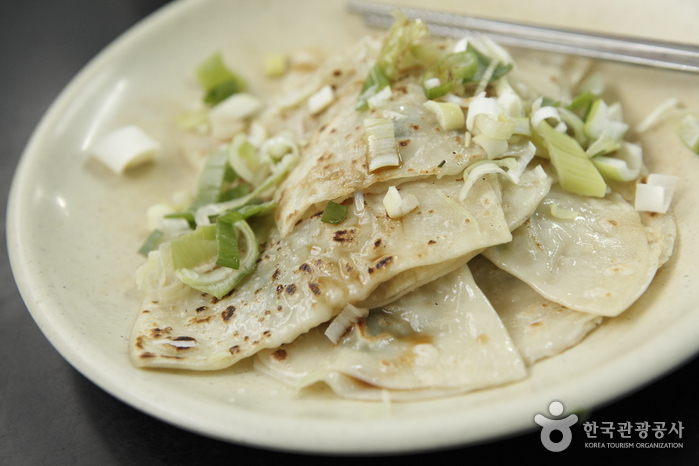
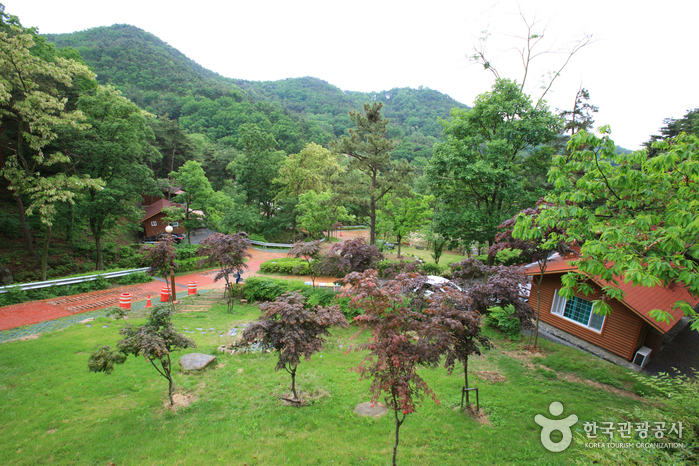
![Homeplus Stores - Naedang Branch [Tax Refund Shop] (홈플러스스토어즈 내당)](http://tong.visitkorea.or.kr/cms/resource/36/2883936_image2_1.jpg)

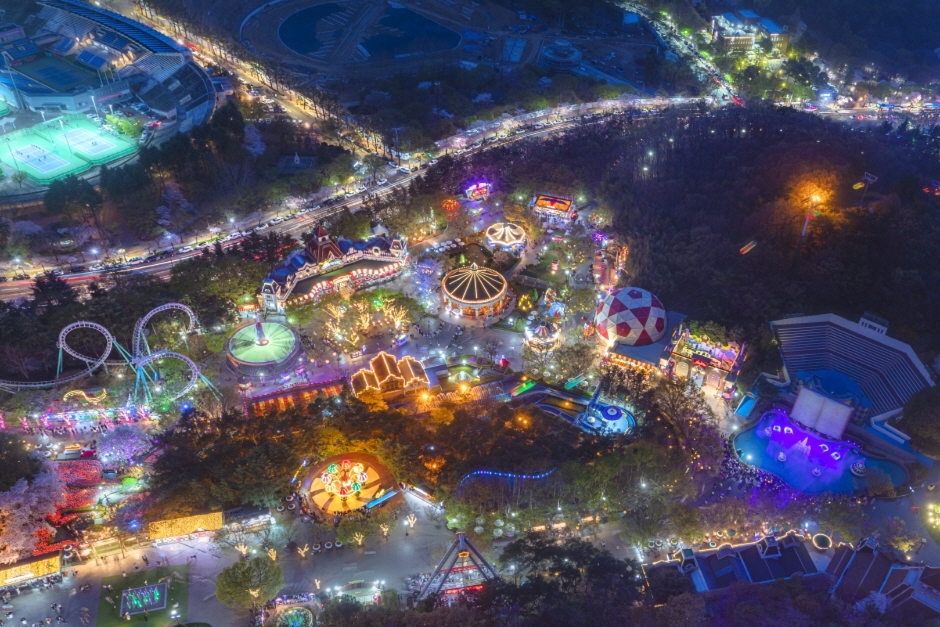

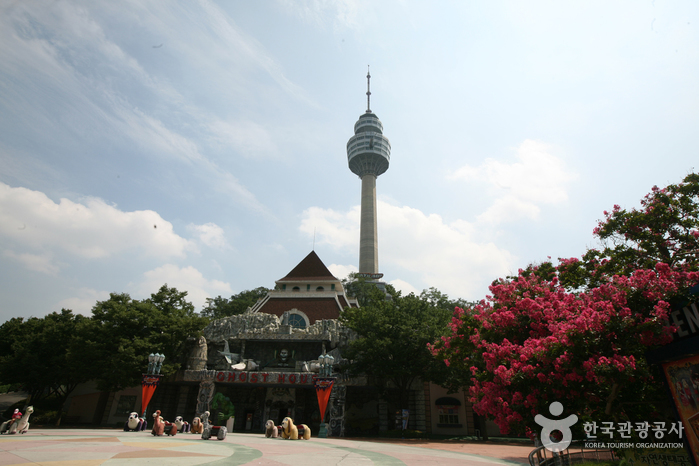
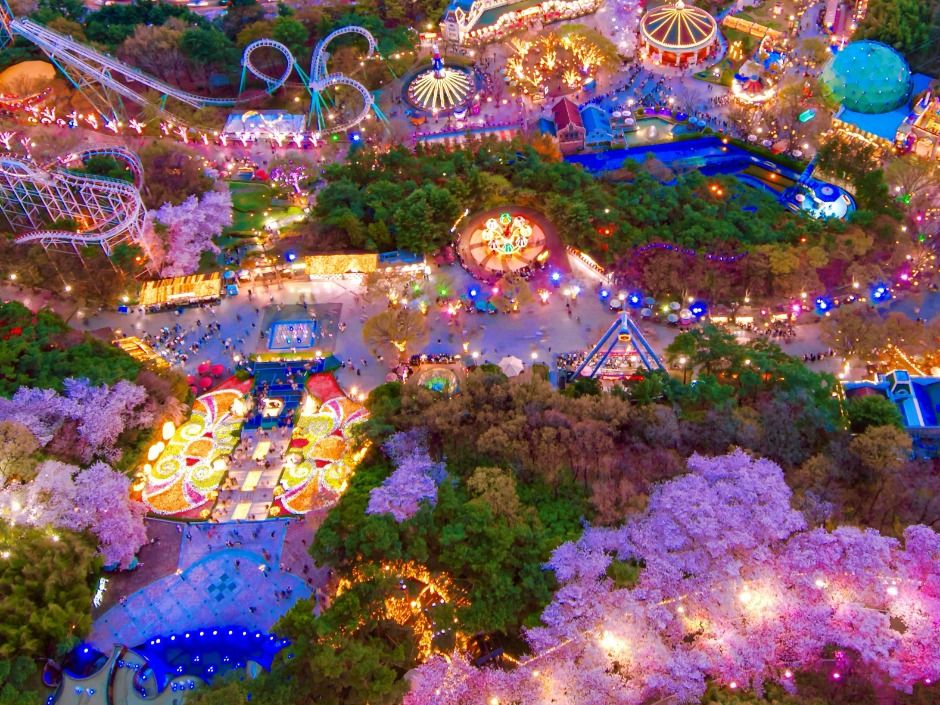
 English
English
 한국어
한국어 日本語
日本語 中文(简体)
中文(简体) Deutsch
Deutsch Français
Français Español
Español Русский
Русский